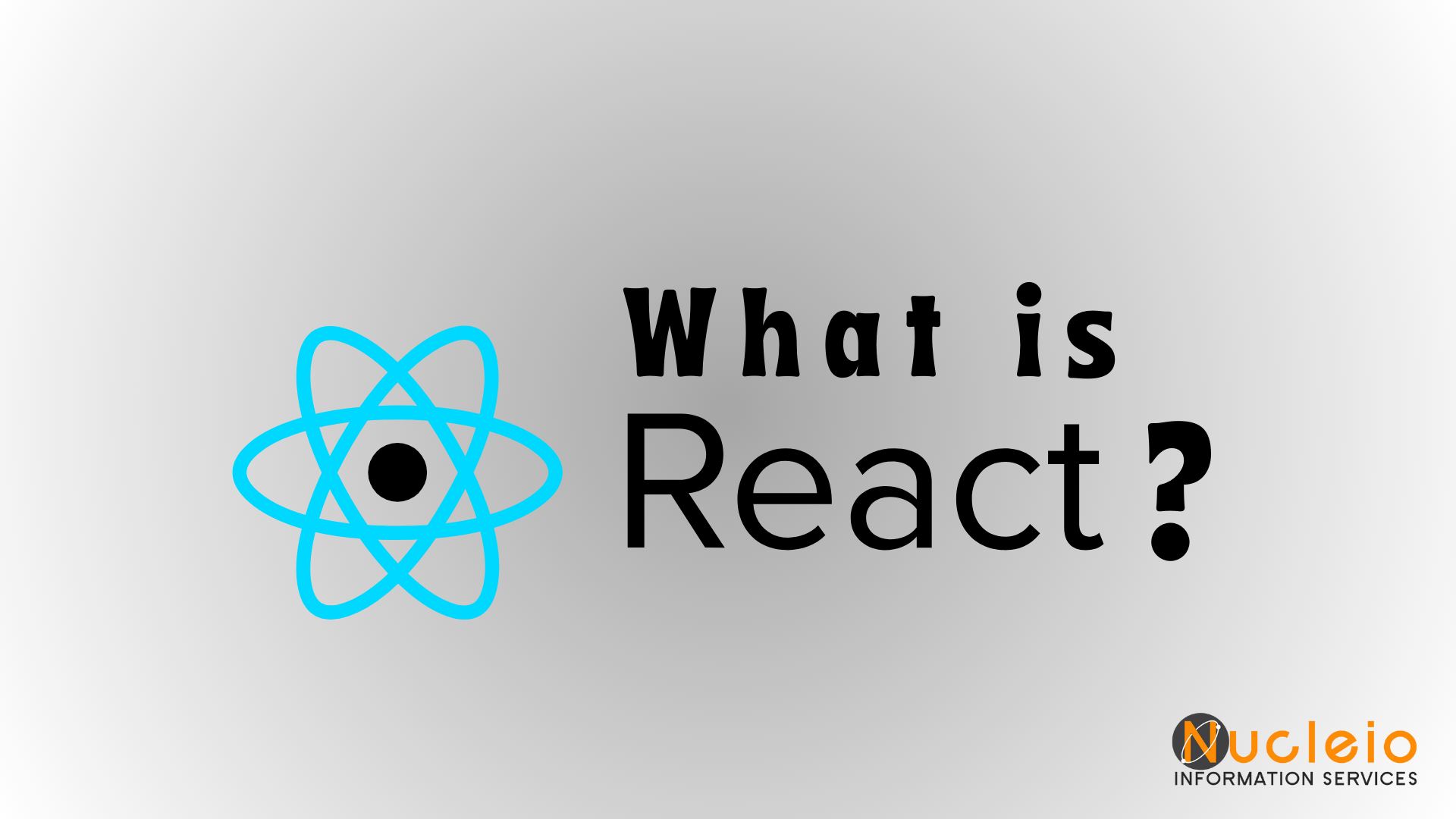Understanding v-app, v-content, and v-container in Vue/Vuetify
When building applications with Vue and Vuetify, it’s essential to understand the differences between v-app, v-content, and v-container. Each of these components plays a crucial role in structuring your application, ensuring a responsive and consistent user interface. Here’s a quick guide to help you differentiate them: v-app The v-app component is the root component of …
Understanding v-app, v-content, and v-container in Vue/Vuetify Read More »

